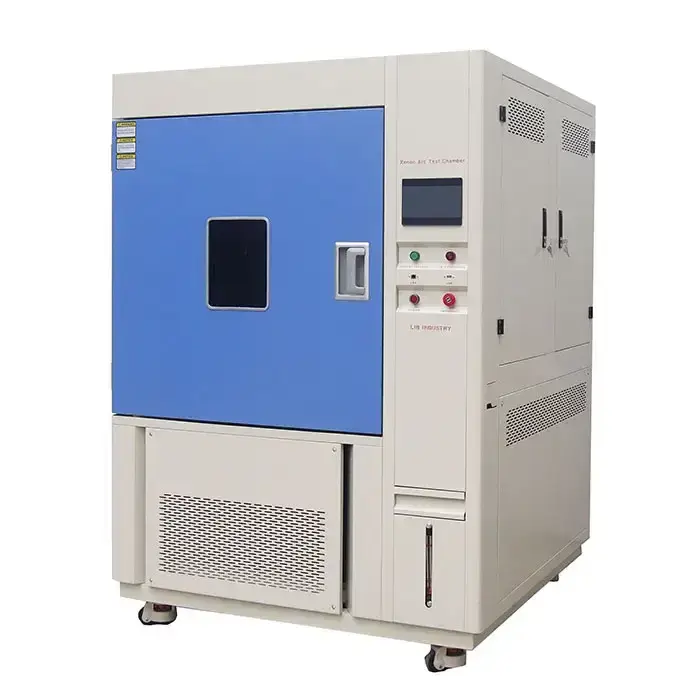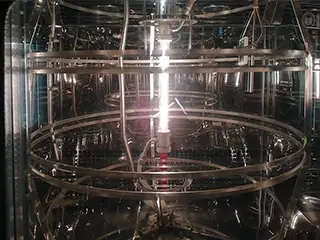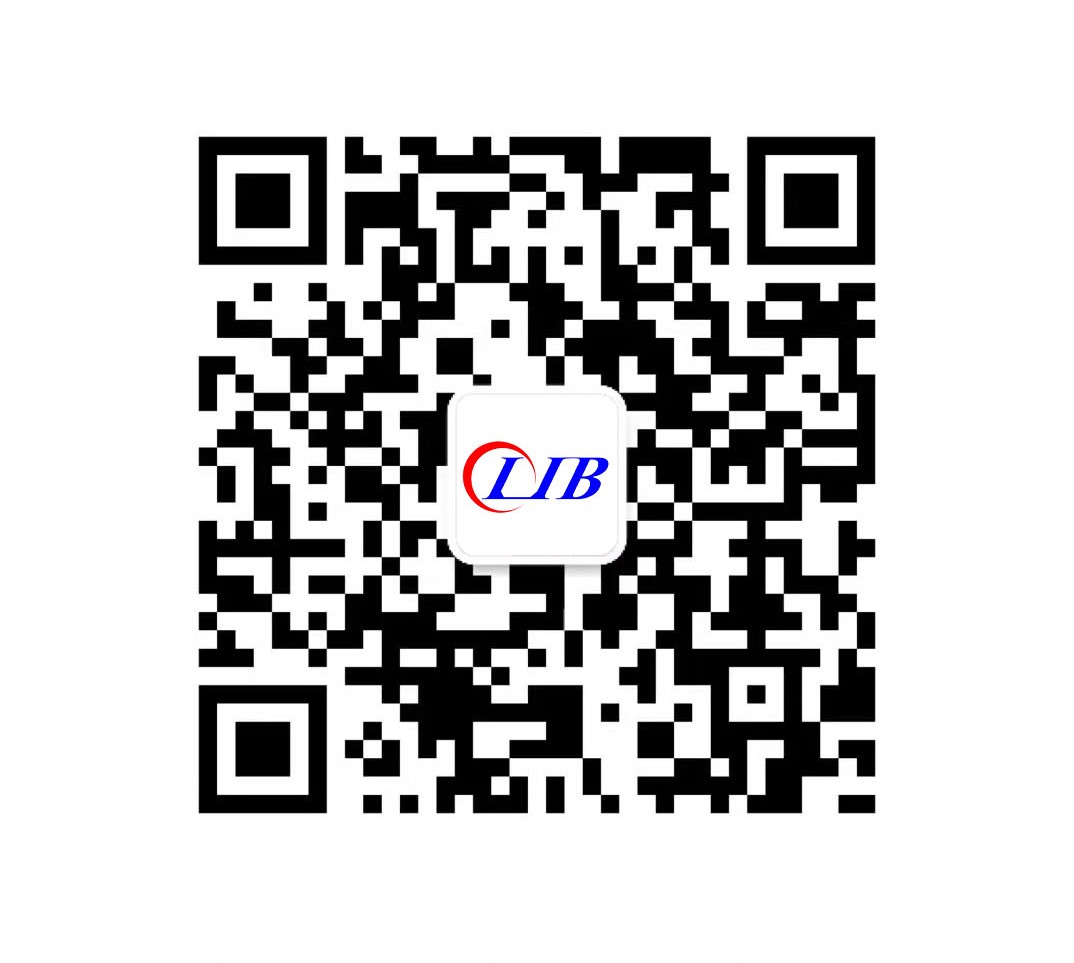Xenon Weatherometer Applications in Automotive Material Testing
Xenon Weatherometer Applications in Automotive Material Testing
The automotive industry demands rigorous material validation to ensure vehicles withstand years of environmental exposure. A xenon weatherometer serves as an essential tool for accelerated aging tests, replicating sunlight radiation, moisture, and temperature fluctuations that automotive components face throughout their lifespan. This advanced testing equipment enables manufacturers to evaluate paint systems, interior plastics, rubber seals, and composite materials before production, reducing warranty claims and enhancing product reliability. By simulating decades of outdoor exposure within weeks, xenon weathering chambers help automotive engineers make informed material selections that balance performance, aesthetics, and cost-effectiveness in increasingly competitive global markets.

Importance of Weathering Tests in Automotive Component Validation
Preventing Premature Material Degradation
Automotive materials face continuous assault from environmental factors including ultraviolet radiation, thermal cycling, and moisture exposure. Weathering tests identify vulnerabilities before mass production, allowing engineers to reformulate coatings or select alternative substrates that resist cracking, chalking, and discoloration. This proactive approach prevents costly recalls and maintains brand reputation across vehicle lifecycles extending beyond ten years.
Meeting Consumer Expectations for Longevity
Today's vehicle owners expect exterior finishes to retain gloss and color vibrancy while interior surfaces resist fading and brittleness. Accelerated weathering validation ensures materials meet these expectations by compressing years of environmental stress into controlled laboratory conditions. Manufacturers gain confidence that dashboard components won't warp under windshield heat amplification and exterior trim maintains structural integrity through seasonal temperature extremes.
Reducing Development Timelines and Costs
Traditional outdoor weathering requires years of real-time exposure in multiple geographic locations, delaying product launches and consuming resources. Xenon arc testing accelerates this timeline dramatically, enabling rapid iteration of material formulations and coating systems. Engineers obtain actionable data within weeks rather than years, streamlining the development process while maintaining rigorous validation standards that satisfy regulatory requirements and customer demands.
Testing Plastic, Rubber, and Paint Durability Under Xenon Exposure
Polymer Degradation Mechanisms
Automotive plastics undergo photodegradation when ultraviolet wavelengths break molecular bonds, causing embrittlement and surface cracking. Xenon weathering chambers replicate the solar spectrum's critical wavelengths, particularly the UV-A and UV-B ranges responsible for polymer chain scission. Testing protocols cycle between light exposure and dark periods with controlled humidity, mimicking real-world stress patterns that accelerate oxidation reactions and reveal material weaknesses invisible during standard mechanical testing.
Elastomer Weather Resistance Evaluation
Rubber seals, gaskets, and weather-stripping components must maintain flexibility and sealing performance despite continuous ozone exposure and thermal cycling. Xenon weatherometers assess hardness changes, tensile strength retention, and compression set after simulated aging equivalent to years of service. This evaluation identifies formulations prone to stiffening or surface cracking that would compromise water intrusion protection and vehicle acoustics over time.
Coating System Performance Analysis
Automotive paint systems represent multi-layer investments requiring clearcoat adhesion, basecoat color stability, and primer corrosion protection. Weathering tests expose these coating systems to irradiance levels between 35-150 W/m², measuring gloss retention, color shift values, and adhesion strength after prescribed exposure durations. The data guides selection of UV absorbers, hindered amine light stabilizers, and pigment systems that maintain appearance standards throughout warranty periods.
Material Category | Primary Failure Modes | Key Test Parameters |
Exterior Plastics | Color fading, surface chalking, gloss loss | Irradiance at 340nm, black panel temperature, humidity cycling |
Interior Components | Discoloration, brittleness, dimensional changes | Temperature range 35-85°C, controlled humidity, extended exposure duration |
Elastomeric Seals | Hardening, cracking, compression set | Thermal cycling, ozone exposure simulation, tensile property retention |
Simulating Sunlight, Rain, and Temperature Cycling in Automotive Tests
Full-Spectrum Solar Radiation Replication
 The xenon arc lamp produces spectral distribution closely matching natural sunlight from 300nm to 800nm wavelengths. This accuracy proves critical because different materials respond selectively to specific wavelength ranges - polycarbonate degradation accelerates under wavelengths below 340nm while certain organic pigments fade primarily from visible light exposure. Filter selection customizes the spectral output to match specific geographic conditions or industry standards, ensuring test relevance to target markets.
The xenon arc lamp produces spectral distribution closely matching natural sunlight from 300nm to 800nm wavelengths. This accuracy proves critical because different materials respond selectively to specific wavelength ranges - polycarbonate degradation accelerates under wavelengths below 340nm while certain organic pigments fade primarily from visible light exposure. Filter selection customizes the spectral output to match specific geographic conditions or industry standards, ensuring test relevance to target markets.
Water Spray and Condensation Cycles
Real-world automotive exposure involves rain events, morning dew, and humidity variations that catalyze degradation processes. Modern xenon weatherometers integrate programmable water spray systems delivering purified water to specimen surfaces during light-off periods, then transitioning to condensation phases where relative humidity reaches 98%. These moisture cycles stress adhesive bonds, initiate hydrolysis reactions in susceptible polymers, and accelerate corrosion at substrate interfaces beneath coating systems.
Thermal Stress Application Methods
Black panel temperature sensors monitor specimen surface temperatures ranging from 35°C to 85°C, reflecting conditions from winter sun angles to summer dashboard extremes. Temperature cycling protocols alternate between thermal soaking and rapid cooling, inducing coefficient of thermal expansion mismatches that generate interface stresses. This thermal fatigue testing reveals delamination risks, crazing propensity, and dimensional stability issues that static temperature exposure cannot detect.
Evaluating Interior and Exterior Material Resistance to UV and Heat
Dashboard and Trim Component Testing
Automotive interiors concentrate solar radiation through windshields, creating extreme localized heating that degrades thermoplastics and vinyl surfaces. Xenon weatherometer testing subjects instrument panels, door trim, and center consoles to irradiance conditions matching windshield-amplified exposure, measuring color coordinates using spectrophotometers and assessing tactile property changes. Pass criteria typically require delta-E color shift values below 3.0 units and hardness changes within specified tolerances after exposure equivalent to five years of severe climate operation.
Exterior Paint and Graphics Durability
Automotive exteriors demand exceptional appearance retention across diverse climates spanning arctic cold to desert heat. Xenon arc chambers evaluate complete vehicle coating systems including electrocoat primers, corrosion-resistant middle coats, color basecoats, and protective clearcoats. Testing protocols follow SAE J2527 standards specifying exposure durations, irradiance levels, and acceptance criteria for gloss retention, distinctness of image, and adhesion performance that ensure vehicles maintain showroom appearance throughout ownership periods.
Convertible Top and Soft Trim Assessment
Fabric convertible tops, vinyl roofs, and upholstery materials require specialized weathering evaluation addressing both UV-induced fading and material strength degradation. The xenon weatherometer's programmable controller enables complex exposure schedules combining light exposure, elevated temperatures, and humidity cycling that replicate top-down driving conditions. Tensile strength measurements, seam integrity testing, and colorfastness evaluation ensure these premium materials justify their market positioning through demonstrated longevity.
Automotive Component | Critical Test Duration | Primary Performance Metrics |
Exterior Painted Surfaces | 2000-3000 hours | Gloss retention >50%, color shift ΔE <3.0, adhesion grade ≥4B |
Dashboard Assemblies | 1500-2500 hours | No visible cracking, hardness change <10 Shore A units, color shift ΔE <2.5 |
Exterior Trim Components | 2500-4000 hours | No chalking, gloss retention >40%, tensile strength >80% initial value |
Industry Standards for Automotive Weathering Tests (SAE, ISO, ASTM)
SAE Standards for Automotive Applications
The Society of Automotive Engineers publishes comprehensive protocols addressing material weathering validation. SAE J2527 specifies fluorescent UV and xenon arc exposure procedures for automotive interior materials, defining irradiance wavelength measurements at 340nm or 420nm depending on material sensitivity. SAE J2412 establishes accelerated exposure methods specifically for automotive exterior materials using controlled irradiance xenon arc apparatus with calibrated radiometers ensuring measurement accuracy within ±5% tolerance.
ISO International Testing Protocols
ISO 4892 represents the globally recognized standard for plastics weathering using laboratory light sources. Part 2 specifically addresses xenon arc lamp methodology, prescribing equipment specifications including irradiance control capabilities, black panel or black standard temperature measurement, and relative humidity regulation. The LIB Industry XL-S-750 model demonstrates compliance with ISO 4892 requirements through its programmable color LCD controller, PT-100 Class A sensors detecting temperature changes at 0.001-degree resolution, and mechanical compression refrigeration enabling precise environmental control.
ASTM Testing Method Standards
ASTM G155 provides standardized practice for operating xenon arc light apparatus for exposure of non-metallic materials, establishing equipment requirements and exposure condition options. ASTM G154 complements this with procedures using fluorescent UV lamps, allowing laboratories to compare results across different accelerated weathering technologies. These consensus standards enable meaningful communication between automotive OEMs and material suppliers worldwide, supporting global supply chains with validated material performance data that transcends regional testing variations.
LIB Industry Xenon Weatherometer: Automotive Grade Validation
Advanced Specimen Capacity and Rotation System
The XL-S-750 xenon weatherometer accommodates 42 specimens simultaneously on its rotating holder system measuring 95mm × 200mm per position. This rotating drum configuration ensures uniform exposure distribution across all samples, eliminating edge effects that plague static rack systems. The 950mm × 950mm × 850mm internal chamber dimensions support testing of assembled components including headlamp lenses, mirror housings, and trim panels without destructive sectioning, preserving interface interactions critical to real-world performance assessment.
Precision Environmental Control Technology
Automotive validation demands exceptional reproducibility requiring precise parameter control throughout extended test campaigns. The XL-S-750 employs a 4500W water-cooled xenon arc lamp with irradiance range spanning 35-150 W/m² at user-selected bandwidths of 340nm or 420nm. Chamber temperature regulation from ambient to 100°C maintains ±2°C stability while black panel temperature control between 35-85°C provides ±2°C accuracy. Humidity regulation across 50-98% RH with ±5% deviation ensures moisture effects replicate target climate conditions accurately.
Data Management and Remote Monitoring Capabilities
Modern automotive development requires seamless integration with laboratory information management systems and quality documentation workflows. The weatherometer features Ethernet connectivity enabling PC-based remote monitoring and control, allowing engineers to adjust exposure protocols without interrupting production testing schedules. USB data download functionality archives irradiance levels, sample temperatures, and relative humidity measurements throughout multi-week test campaigns, supporting statistical analysis and regulatory compliance documentation. These advanced capabilities position the equipment as a comprehensive validation platform meeting automotive industry requirements for traceability, repeatability, and regulatory compliance.
Specification Category | XL-S-750 Performance | Automotive Testing Benefit |
Specimen Capacity | 42 pieces, 95×200mm holders | High-throughput testing enabling material comparisons across suppliers |
Temperature Control | Chamber: ambient-100°C ±2°C, BPT: 35-85°C ±2°C | Accurate simulation of geographic climate extremes from Nordic to desert regions |
Irradiance Precision | 35-150 W/m² with ±5% radiometer tolerance | Reproducible exposure doses supporting statistical validation and regulatory submissions |
Conclusion
Xenon weatherometer technology represents an indispensable validation tool enabling automotive manufacturers to deliver durable, aesthetically enduring vehicles meeting consumer expectations and regulatory requirements. Through precise replication of environmental stressors including full-spectrum solar radiation, moisture cycling, and thermal stress, these instruments compress years of real-world exposure into controlled laboratory timeframes. The comprehensive testing capabilities addressing exterior paint systems, interior trim components, and elastomeric seals ensure material selections optimize performance across vehicle lifecycles, reducing warranty costs while enhancing brand reputation through demonstrated quality and longevity.
FAQs
What xenon weatherometer exposure duration equals five years of outdoor automotive use?
Exposure equivalency depends on geographic location and material sensitivity, with typical automotive exterior testing requiring 2000-3000 hours of xenon arc exposure to simulate five years of Florida outdoor weathering. Interior components generally require 1500-2500 hours due to windshield UV filtration effects.
Can xenon weatherometer testing replace actual outdoor exposure programs completely?
Accelerated xenon arc testing provides rapid material screening and comparative evaluation but cannot perfectly replicate all outdoor weathering mechanisms. Leading automotive manufacturers employ xenon testing for development decisions while maintaining limited outdoor exposure validation at proving grounds for final production approval.
How do xenon arc weatherometers differ from fluorescent UV chambers for automotive testing?
Xenon arc lamps produce full-spectrum radiation closely matching natural sunlight including visible and infrared wavelengths, making them preferred for automotive applications where heat effects and photorealistic color assessment matter. Fluorescent UV chambers provide targeted UV exposure suitable for specific polymer degradation studies but lack spectral completeness.
LIB Industry delivers comprehensive environmental testing solutions including automotive-grade xenon weatherometers engineered for precision validation.



